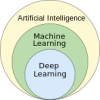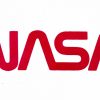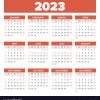Hubble’s Contentious Constant0
- From Around the Web, Space
- November 23, 2017
There are two leading ways to measure the universe’s rate of expansion, and for fifteen years, they more or less agreed with one another. Not anymore, and that’s a big deal.
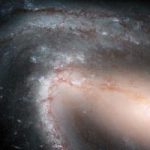
There are two leading ways to measure the universe’s rate of expansion, and for fifteen years, they more or less agreed with one another. Not anymore, and that’s a big deal.
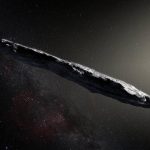
Astronomers recently scrambled to observe an intriguing asteroid that zipped through the solar system on a steep trajectory from interstellar space—the first confirmed object from another star.
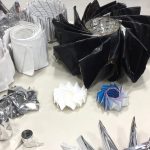
The ancient art of origami has inspired designs for numerous pieces of hardware on NASA missions, allowing scientists to pack more technology into smaller space-bound packages.
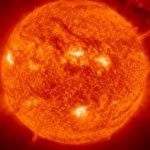
What does the data tell us about the sun, and should we be worried?
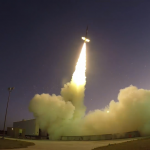
Landing on Mars is difficult and not always successful.
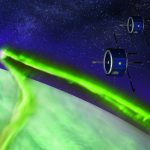
A team of NASA scientists want to use Earth as a laboratory to understand how planets lose their atmospheres and has proposed a mission that the agency recently selected as one of five for further consideration as a possible NASA Explorer mission.
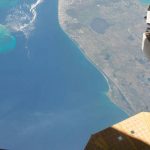
Orbital ATK will launch its Cygnus spacecraft into orbit to the International Space Station, targeted for November 11, 2017, from Wallops Flight Facility in Virginia.
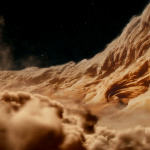
Traveling above Jupiter at more than 130,000 miles per hour, NASA’s $1 billion Juno probe took its ninth set of stunning flyby images on October 24. But the sun slipped between the giant planet and Earth for more than a week, blocking the spacecraft from beaming home its precious bounty of data. Now that the conjunction is over, however,

Antarctica is a weird place.
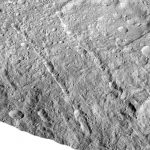
Surface features on Ceres—the largest world between Mars and Jupiter—and its interior evolution have a closer relationship than one might think.

